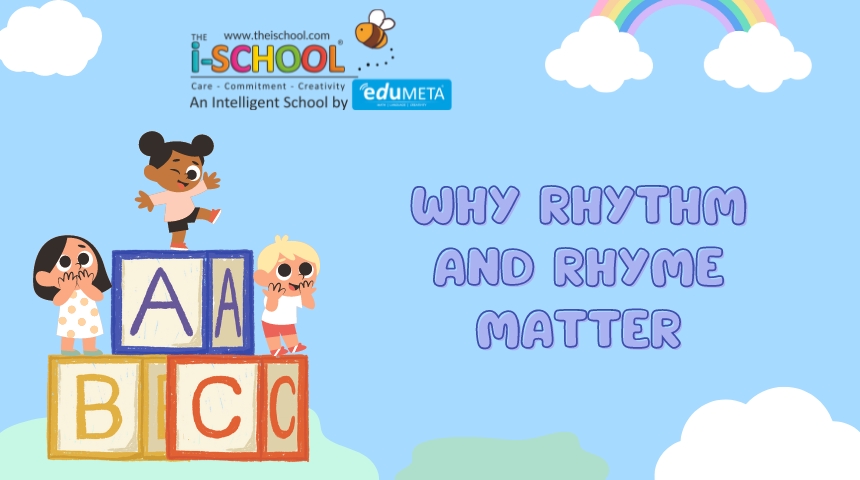Why Rhythm and Rhyme Matter

Rhythm and rhyme are the magical elements of early literacy that captivate the minds of young children. From the soothing lullabies sung to infants to the playful nursery rhymes chanted by toddlers, these patterns in language are more than just fun—they play a critical role in helping young minds develop essential literacy skills.
How Rhythm Affects Language Development
Children are naturally drawn to rhythm. The repetitive beats and structured flow in rhythmic language help toddlers and preschoolers predict what comes next. This predictability enhances their understanding of language patterns, improving their memory and attention. When children recite poems or sing songs with a steady rhythm, they’re not just having fun—they’re also practicing the foundational skills needed for fluent reading.
The Power of Rhyme in Early Learning
Rhyme, with its playful and musical qualities, grabs a child’s attention and encourages active participation. When children hear words that sound alike, they become aware of word families and phonetic similarities. This awareness, known as phonological awareness, is a vital pre-reading skill. By recognizing rhyming patterns, kids start to understand how words are structured, which later aids in decoding unfamiliar words when they begin reading on their own.
Boosting Vocabulary Through Poetry
Poetry often uses rich, descriptive language that introduces children to new words and ideas. Through rhyme and rhythm, these words are easier for children to remember and use in their everyday speech. For example, a simple nursery rhyme like Twinkle, Twinkle, Little Star not only teaches rhyming but also introduces descriptive language such as “twinkle” and “diamond.” This process of learning through sound and repetition helps children expand their vocabulary naturally.
Building Listening and Speaking Skills
When children engage with rhythmic and rhyming poetry, they practice listening and speaking in a fun, non-pressured environment. Listening to rhythmic patterns sharpens auditory discrimination, helping kids hear the differences between sounds. Reciting poems and songs strengthens their ability to articulate words, improving speech clarity and fluency. Additionally, repeating poems builds confidence in speaking, an important foundation for future reading aloud.
Nurturing a Love for Language
Perhaps one of the greatest benefits of poetry in early literacy is how it nurtures a love for language. The playful nature of rhythm and rhyme makes learning enjoyable, fostering a positive association with reading and storytelling. When children experience language as something fun and engaging, they’re more likely to develop a lifelong love for reading and learning.
Conclusion
Rhythm and rhyme are not just simple entertainment for young children; they are powerful tools in developing early literacy skills. From enhancing phonological awareness and building vocabulary to nurturing a love for language, poetry plays a crucial role in laying the foundation for successful reading and communication. So the next time you sing a nursery rhyme or read a poem with a child, know that you’re doing more than sharing a fun moment—you’re shaping their literacy journey in profound ways.
